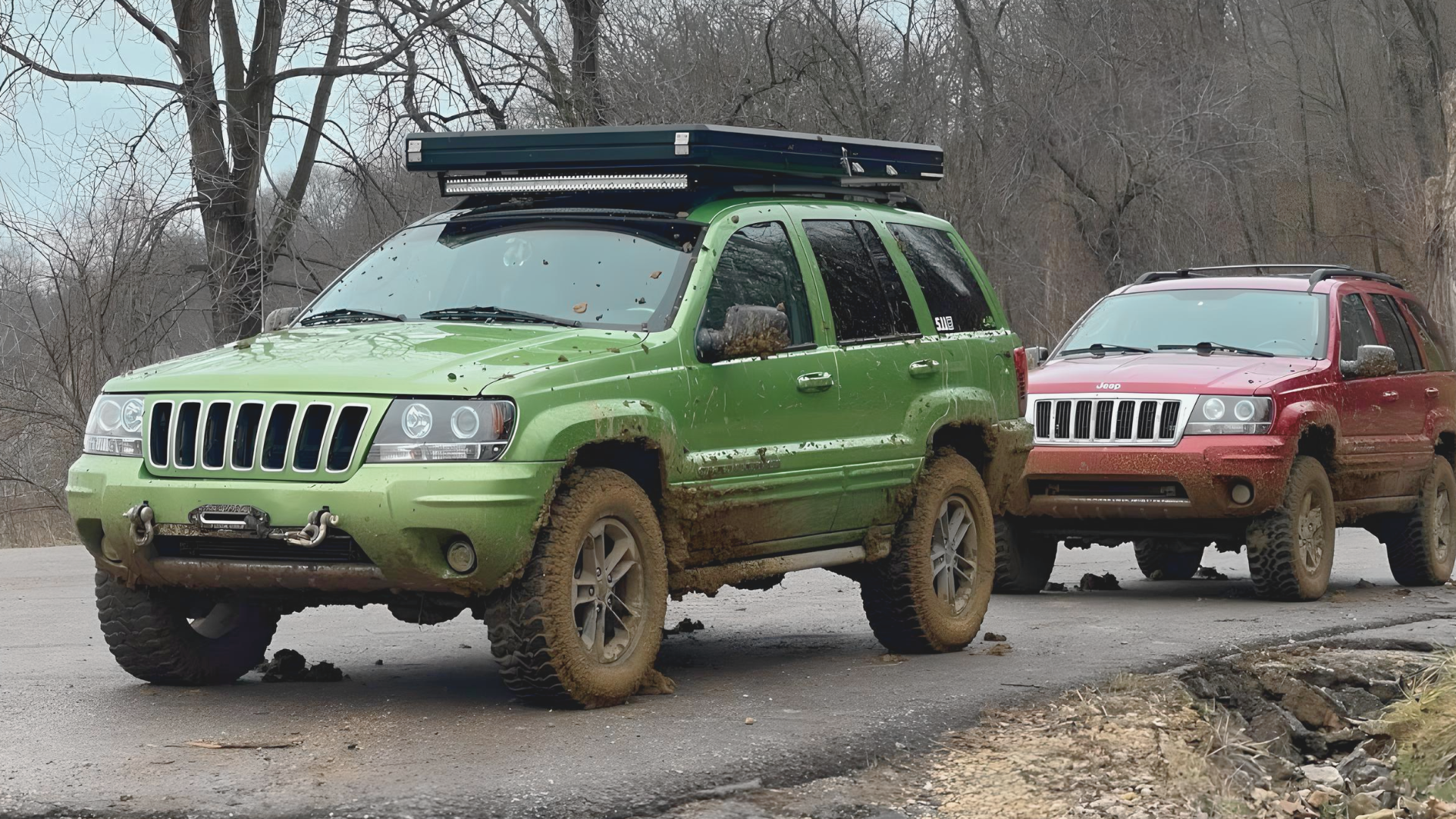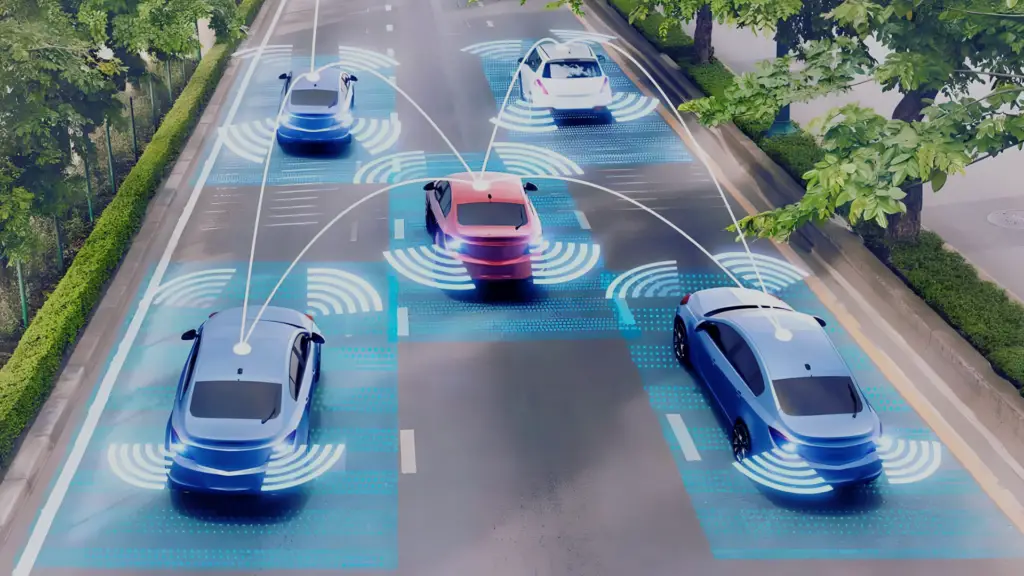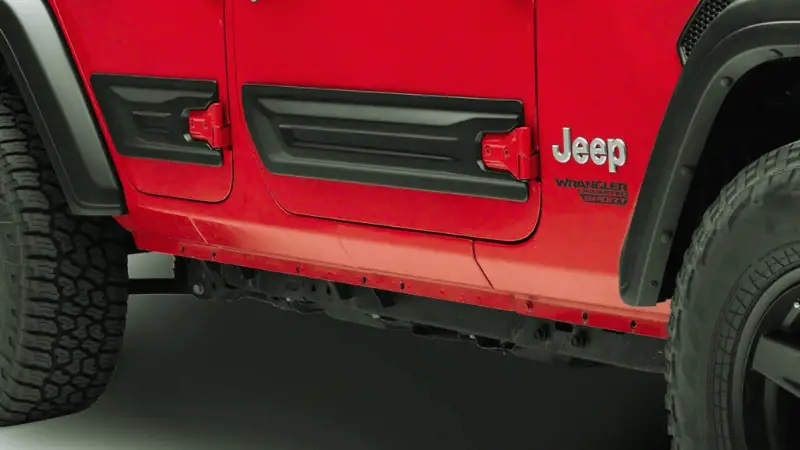Driving without a front bumper may seem convenient after minor fender benders. But this risky shortcut poses serious threats to vehicle safety, functionality, and legal compliance that outweigh any short-term savings.
Still, some motorists take to the streets bumper-less to dodge repairs or due to crash damage. This unwise choice compromises critical safety systems while likely still violating the law.
So, understanding your bumper’s key functions is essential before making any bumper-less journey.

Can you drive without a front bumper? Technically, yes, but the safety, financial, and legal consequences prove otherwise. Getting the facts on bumpers’ importance steers wiser decisions to protect yourself and your vehicle.
Learning exactly what front bumpers do, which vehicle functions depend on them, and what laws mandate their presence helps drivers make informed, street-legal choices after collisions.
Can You Drive a Car Without a Front Bumper?
Without impact absorption, even minor bumper taps risk costlier damage. Fragile radiators, condensers, fans, tanks, tubing, and exhaust components have no shield from blows. Hoods and fenders alone don’t cut it.
Plus, the bumper bracket, crash bar, and reinforcements form an essential safety cage. This assembly absorbs crash energy before it reaches occupants. Removing it transfers more force to the cabin in collisions.
Bumpers also support the proper function of airbags, sensors, and supplemental restraint systems during crashes. Damaging these by driving unprotected risks disabling safety gear when it’s needed most.
Factory-installed front bumpers aren’t just decorative chrome trim. They provide:
- Critical support and impact absorption during collisions
- Protection for safety systems behind fragile body panels
- A mounting platform for lighting and exterior accessories
So, driving without one leaves major components vulnerable. This is why regulators prohibit tampering with or removing bumpers meeting federal motor vehicle safety standards.
Vehicle Functionality Problems
Here are a few vehicle functionality problems one might experience by driving without a front bumper:
1. Exposed Underside Risks Debris Damage
Ditching front bumpers leaves fragile plumbing and exhaust components jutting out below. These vital systems lack their normal shield against kicks up from the road.
This can damage vital engine components like the radiator or oil pan, leading to expensive repairs.
Low-hanging tubes, tanks, oxygen sensors, and catalytic converters risk getting dinged, crushed, or ripped off entirely.
Losing this underside protection threatens safety-critical systems. Compromised fuel or brake lines can leave you stranded.
Dragging exhaust tubing sparks fires. Even minor leaks or restrictions create broader driveability headaches.
2. Aerodynamics Hurts Fuel Economy
Factory bumper contours smooth airflow over, under, and around vehicles. This slippery profile cuts through wind resistance, so engines don’t have to work as hard.
But remove it and vehicle aerodynamics suffer significantly.
Increased turbulence and drag force engines to guzzle extra fuel to maintain speeds. Expect mileage to drop around 14% just from deleting the bumper. That bites into fuel budgets and creates excess emissions.
3. Lights Out of Line & Visibility Reduced
Headlights fasten to bumpers on most vehicles.
So, driving without one tilt beams upward or downward, overlighting or underlighting the road. This impairs visibility and risks blinding other drivers.
Bumpers also include dedicated ducting for headlight washers on many models. Losing this spray equipment leaves lenses vulnerable to dirt buildup and light output loss from road grime.
4. Losing Anchor Points
Ditching your bumper also means losing anchor points for tow hooks and trailer hitches.
So, deploying ropes or chains to rescue stuck vehicles becomes trickier without factory mounting points.
You also lose the option to install brush guards or auxiliary lighting, including fog lamps.
While a missing bumper may not seem like a huge sacrifice, the safety risks and functionality impacts add up quickly.
Protect yourself, your vehicle, and your wallet by getting damaged bumpers repaired promptly and properly.
5. Handling, Braking, and Avoiding Danger
Beyond exterior damage exposure and mileage losses, deleting your front bumper also impairs critical vehicle dynamics.
The added weight up front significantly alters weight distribution and the center of gravity.
Expect more body roll in corners, sluggish turn-in response, and compromised straight-line stability.
Braking distances also increase without the front-end weight over the wheels needed for maximum stopping traction.
The handling and braking changes may be subtle, but prove lethal when emergency maneuvers are required.
You lose that extra fraction of responsiveness and control right when you need it most, trying to avoid collisions.
6. ADAS Systems on Hold
Modern advanced driver assistance systems also operate less effectively sans bumper.
Sensors for automatic emergency braking, parking assist, lane keep assist, and other safety gear need properly aligned, damage-free mounting locations.

Radars and cameras cast behind cracked, offset bumpers scan blind. They can’t spot obstacles or read lane markings to function accurately.
So vital collision avoidance protections may be lost just when you need them most.
Is It Illegal to Drive Without a Front Bumper?
Well, there are a few legal and societal concerns as well, when it comes to driving without a front bumper, such as:
1. Laws Often Prohibit Driving Bumperless
Can you legally drive a car without a front bumper? Well, beyond just creating safety and functionality problems, hitting the road sans bumper also violates laws in many states.
Regulations prohibit tampering with or removing bumpers that meet federal motor vehicle safety standards.
For example, Title 49 of U.S. vehicle codes mandates maintaining bumper systems as installed by manufacturers. Fines for noncompliance vary by state but quickly add up, especially for repeat offenders.
Even if legal in your region, driving without bumpers still risks being pulled over and cited for other issues. Officers noticing the missing safety equipment may scrutinize your vehicle more closely for additional modified parts.
2. No Front Plate Display
Most states require displaying valid license plates up front. But lacking a bumper removes the provision for properly mounting your tags.
Obscured or improperly positioned plates provide reason enough for traffic stops and citations.
3. Safety & Emissions Concerns
Don’t expect to breeze through annual vehicle safety and emissions testing missing your front bumper either.
Inspectors check for proper presence and operation of federally-mandated safety features – including impact-resistant bumper systems.
A missing bumper unable to absorb crash forces fails on safety counts. Any related electrical problems with lights, sensors, and supplemental restraint systems amount to automatic inspection failures as well.
Pulling emissions monitors to accommodate bumper removal also earns defect citations. So, driving without this vital safety shield risks racking up fines and inspection delays every year.
While bumper-less cruising may seem harmless, in reality, it poses safety risks, functionality loss, and legal troubles. For smooth driving and to avoid fines, repairs should not be deferred after collisions.
Protect yourself and your vehicle’s compliance by getting damaged bumpers fixed promptly and properly.
Solutions for Driving Without a Front Bumper
While driving without a bumper risks vehicle safety and street legality, removing it may still be necessary after major crashes.
Carefully assess collision damage first before making any hasty bumper decisions. Look for:
- Broken fasteners, torn mounts, or missing brackets
- Visible kinks, cracks, or holes in the bumper itself
- Obstructed lights or safety sensors due to offset bumper displacement
Temporary Street Legal Protection Options
Understanding the risks makes it hard to justify bumper-less driving. But if yours suffered damage, you have some temporary options to stay street-legal while saving up for repairs:
1. Replacement Bumper Covers
Aftermarket plastic or fiberglass front bumper covers simply bolt onto existing mounting points with minimal tools. They cost far less than professional bumper repairs too.
While lacking the impact absorption of factory parts, external bumper covers deter debris damage. More importantly, they satisfy the legal requirement of having an intact bumper.
Keep in mind bumper covers only disguise damage – you still need proper repairs underneath for safety. But they buy time to save up for restoration work later.
2. Front Bumper Rebar Brace
If the bumper itself remained intact but the brackets got bent inward, a rebar brace can reconnect it to crushed fenders or core supports.
Steel support bars bolt the bumper back into its original protective position while adding structural reinforcement. This prevents further collapse during minor impacts.
Repair Cost and Time Estimates
Research typical bumper repair expenses for your vehicle’s make and model year.
Front bumper fixes on modern cars often top $1,000 – far less than the underlying safety system or engine repairs if left exposed.
Also, factor in rental car fees or lost work wages from vehicle downtime during bodywork.
It’s smart to crunch total numbers before deciding whether to drive bumper-less temporarily.
Do You Have to Have a Front Bumper in GA?
Yes, according to Georgia law, vehicles must have a front bumper.
Can You Drive a Car Without a Front Fender?
Yes, you can drive a car without a front fender.
Can You Drive with a Loose Front Bumper?
Driving with a loose front bumper is not recommended as it can pose safety risks and potentially cause further damage to your vehicle.
Do You Need a Bumper Cover?
Yes, a bumper cover helps protect your vehicle’s bumper from damage. It can be a useful addition to safeguarding your car’s appearance and reducing the risk of costly repairs.
Conclusion
Can you drive a car without a front bumper? Well, driving without an intact front bumper risks vehicle safety, functionality loss, and legal troubles that outweigh minor repair savings.
Still, after major crashes, removal may be necessary to assess underlying damage.
Carefully weighing bumper repair options and risks before hitting the streets bumperless is vital – you can’t protect what you don’t value. Understanding exact bumper functions and collision dynamics aids wise, street-legal decisions.
In most cases, timely restoration remains the wisest choice for safe, functional, compliant driving and preventing costlier repairs later.
So, value your bumper’s safety contributions before dismissing it as optional trim.
Last update on 2025-11-20 / Affiliate links / Images from Amazon Product Advertising API




